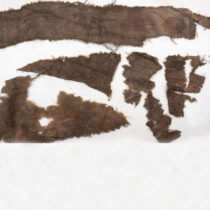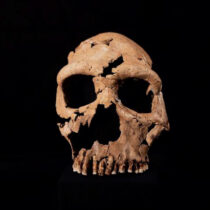Legends that the cities of Cyprus were founded by Greek heroes of the Trojan war are regarded as reflecting true events that occured c. 1220 BC. The fact, however, remains that many “cities” in Cyprus owe their foundation to Mycenaean immigrants and lack such foundation legends. Archaeology supports the view that towards the end of the thirteenth century BC we have a movement of people, and not simply trade relations, from Mycenaean Greece to Cyprus. This movement lasted with minor or major waves of arrivals, until the beginning of the eleventh century BC. The permanent arrival of the Achaean-Greeks to Cyprus is attested to by metallurgy, glyptics, art, language, funerary rites, religion etc. In the ensuing Geometric period the relations between Cyprus and the Aegean world never cease save probably during a short period around 1.000 BC, although this does not seem to apply to the case of Crete. At the beginning and during the final phase of this period the relations are intense with the interchange of pottery and other artefacts. During the second half of the eighth century BC we observe that funerary rites narrated in the Iliad isare revived an unmistakable sign that those practicing them had a deeply rooted Greek conscience.
The arrival of the first Greeks and the Early Bronze Age in Cyprus (1120-750 BC)
03 Aug 2012
by Archaeology Newsroom
- A
- A
- A

